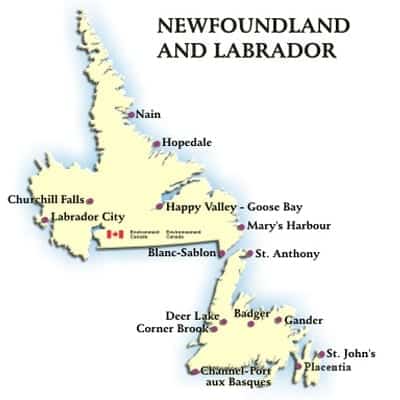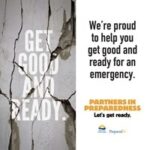Emergency Preparedness in Newfoundland and Labrador

Tsunamis can grow up to the height of a ten story building and move as fast as car. If that isn’t reason enough to prepare ahead, then nothing is.
A lot of the ways that you can prepare for a tsunami are the same ways that you would prepare for a storm surge, which we went over in our previous post: Emergency Preparedness in Quebec. Some of the steps include:
- learning first aid and CPR
- ensuring your family has a plan and a portable emergency kit
- being ready to evacuate on short notice
- keeping your house in strong shape
- keeping important items at the top of your house
- learning how to turn off the gas and electricity in your house
What to Do During a Tsunami
- Long-lasting earthquakes and rapid water recession below low tide are both warning signs that a tsunami is probably approaching in quick succession. Sometimes there is even less warning, or none!
- Keep listening to the radio, and especially listen to the Meteorological Service of Canada. Listen carefully to the evacuation plans for your area.
- In general, it’s always best to move to higher ground, when possible.
- Get far away from the shore.
- If you cannot get to higher ground, stay in your house on the landward side, where you may be protected from the water. Stay away from the windows.
- Stay put until you hear from the local authorities that the danger has passed. Often, tsunamis hit in waves, sometimes close together, but sometimes up to an hour apart.
- Stay warm. If you are trapped in floodwater, be careful of catching hypothermia, and of floating debris.
Ideally, you will be able to escape to higher ground, and your emergency kit will come in very useful. You can set up a temporary shelter, such as our HeatStore Reflective Tent, and cook yourself some hot food with one of our cooking products. If you end up staying in your home, you can use everything in your kit to make the best of that situation, as well.
Article contributed by Sophie Wooding – Avid gardener and cyclist in Victoria, BC and Content Writer for Frontier.io






